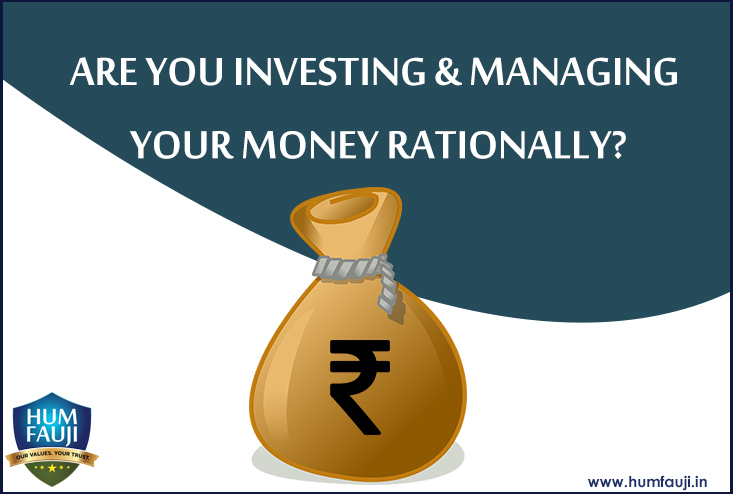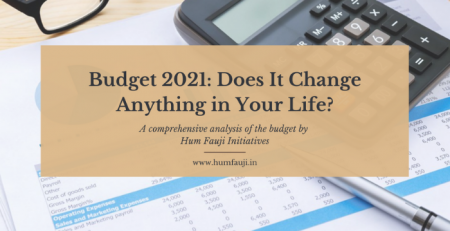Government guaranteed pension, inflation-beating returns from safe investment schemes, low rate of inflation and the comfort of a joint family – all these four pillars on which retirement planning rested earlier, have disappeared. Recently retired or tomorrow’s retirees will need to balance high expenses with uncertain returns on their invested capital, longer lifespan with ever looming dangers of outliving their accumulated retirement corpus, and an urge to hang up their boots early. And all this, without wanting to compromise on their lifestyle at any stage – while working or when retired.
The actual big challenge for retirees comes from an enemy which is not easily recognized – inflation. Just as compounding works to grow your corpus, inflation eats away at its value without your knowledge. A retirement corpus of Rs 1 crore may seem like a lot of money today but over 30 years, an inflation of 8% can reduce its equivalent purchasing value to less than Rs 10 lakhs of today!! And to think that consumer-level inflation could actually be in double digits in India at a lot of times in these 30 years. A low-to-moderate inflation rate of 7-8% does not attract attention of the working class. That’s because prices of products and services do not seem to be shooting up ‘fast’ but it nevertheless erodes your money-value ever so quietly!
Let’s take the example of somebody who feels that his retirement corpus of Rs 50 lakh will help him live well. Preliminary calculations show that if he invests this sum at 8% per annum in very safe investment avenues, he will start eating into this corpus from the age of 72 years (ie just 12 years after retirement at 60 years of age) and by the age of 86 years (ie 26 years after retirement), there will be no corpus left! Remember that these calculations are only of normal day-to-day living, no big purchases – not even change of a car ever, any gifts to children / grand-children, any celebrations, any expenses on your personal hobby, any holidays or repayment of a home loan. And if inflation goes into double digits as it is today, heavens will surely fall! Thus, you need to go beyond safe investment avenues if you do not want ‘living long’ to be your biggest fear. It is advisable to invest a calculated amount in some high growth investment avenues which generates returns enough to offset the low returns of ‘safe’ avenues. This will not only support your expenses but will help you pursue your dreams post-retirement.
Follow this four-step retirement strategy to preserve your nest-egg while being able to live a golden retired life:-
- Know how much you need
The income that you need to live off on after retirement is approximately 65-70% of the income that you live off on while working, considering no big purchases or expenditures. However, this rule of thumb may not be accurate for everybody since people are living longer than ever and retiring in good enough health to incur additional expenses (travel, entertainment, and so on). This estimate applies if your situation fits the following criteria:
- Your house will be paid off (no rent/loan).
- Your children will be financially independent.
- Fewer taxes because of lower income and No debt of any sort.
- Decide your asset allocation
Don’t pull all your nest eggs in one basket. That’s too risky a strategy for something as important as living on post-retirement. The nest egg should be a mix of different asset classes and investment instruments. While debt and fixed income instruments form the backbone of the allocation, do not forget equities and a small allocation to gold. Equities, preferably through mutual funds, offer a distinct advantage because they can deliver significantly higher returns than other investment over the long term. However, this is a generalized statement and finally, everything depends on your risk attitude and aptitude.
- Choose appropriate products
Once you have decided your asset allocation, choose the investment vehicles that will take you to your destination. Instead of investing in a single scheme, do so in a bunch of instruments, which not only assure regular income if you need it but also allow your corpus to grow in tandem with your withdrawals and rising inflation. This strategy should alter with the age or stage of the life after retirement. So, for the first 6-8 years after you retire, allow your funds to grow at a rate faster than the withdrawal. Even as you use the interest earned through debt options to meet your expenses, invest in equity through mutual funds or monthly income plans. The crux of all investment though remains a very aggressive monitoring after you have parked your funds in them.
- Formulate a withdrawal plan
The final step in your retirement planning is to formulate a withdrawal strategy. Your retirement portfolio must have two essential components: liquidity and growth. It should provide you regular income and also grow fast enough to take care of future expenses. Systematic Withdrawal Plans (SWP) options of the Mutual Funds and rentals from a good residential / commercial property are ideal in this regard.
You can either call us on 9999 022 033 or write to us at contactus@humfauji.in to schedule a tele meeting with our financial planner and investment advisor.
Visit our Blog, https://humfauji.in/blog or facebook page http://www.facebook.com/HumFaujiInitiatives or follow us on Twitter https://twitter.com/#!/humfauji to get latest insight on matters financial













Comments (2)
Sir, Superannuatimg on 01 July 20. Request your advice for financial issues pl.
Dear Sir
We will get back to you shortly with a few mails on how we go about our services. Will request you for a revert and we’ll take the engagement ahead.
Can you kindly get in touch with us on 011-4081 4681 during working hours and speak to our manager Dev? Alternately, you can let us know your contact number and we will get in touch with you.